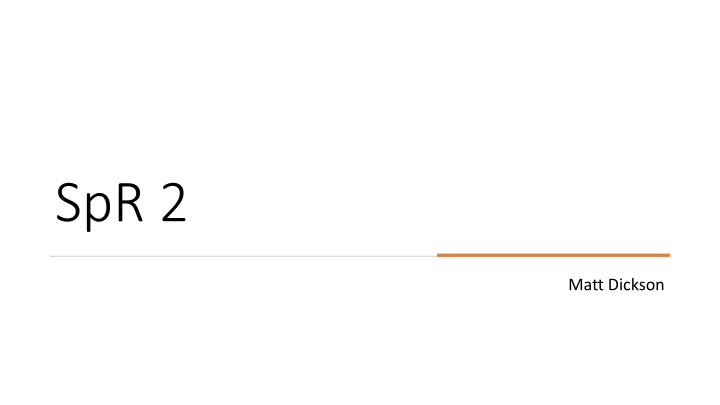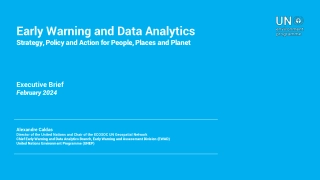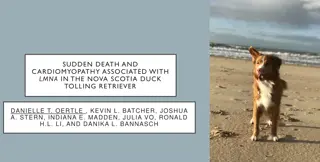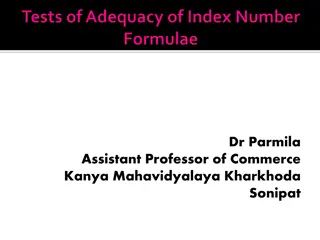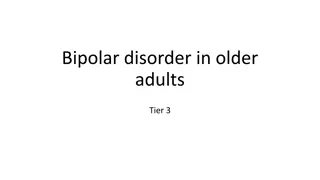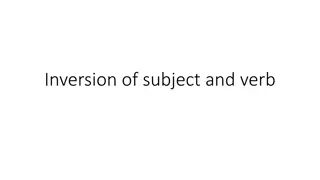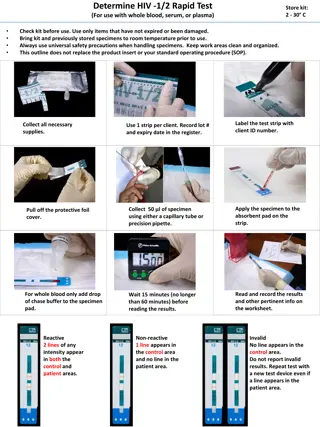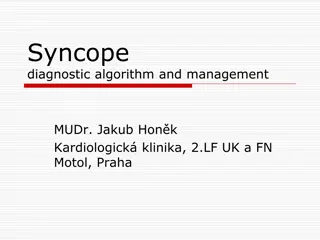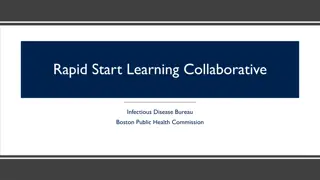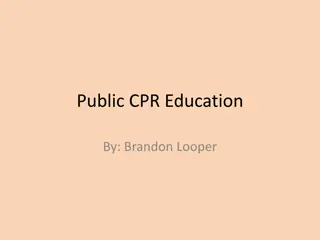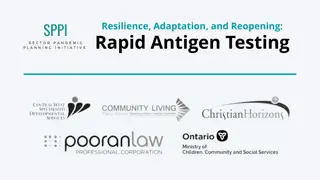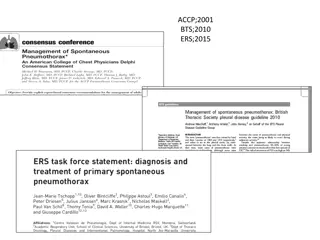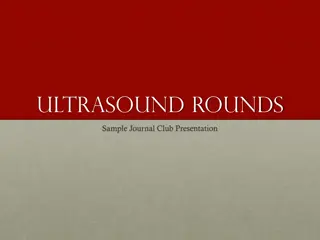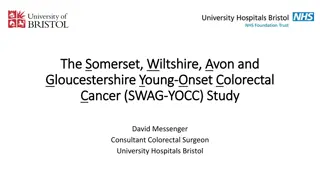Complex Case Study: Sudden Onset Hypoxaemia and Rapid Reversal
A detailed case study of a 69-year-old male with a complex medical history, including COPD, T2DM, CVA, and post-COVID pulmonary fibrosis. The patient experienced sudden onset hypoxaemia and rapid reversal, leading to multiple medical emergencies and unanswered questions regarding the underlying mechanisms.
Download Presentation

Please find below an Image/Link to download the presentation.
The content on the website is provided AS IS for your information and personal use only. It may not be sold, licensed, or shared on other websites without obtaining consent from the author.If you encounter any issues during the download, it is possible that the publisher has removed the file from their server.
You are allowed to download the files provided on this website for personal or commercial use, subject to the condition that they are used lawfully. All files are the property of their respective owners.
The content on the website is provided AS IS for your information and personal use only. It may not be sold, licensed, or shared on other websites without obtaining consent from the author.
E N D
Presentation Transcript
SpR 2 Matt Dickson
COVID ALERT COVID ALERT
Case 69 year old male Background: COPD, T2DM, CVA, Sigmoid cancer (resected 2016) September 2020: Uncontrolled rectal bleeding, ischaemic bowel anterior resection October 2020 x2: LRTI L CAP November 2020: Covid pneumonia, nearly 4 weeks in-hospital, discharged with LTOT Felt to have post-Covid pulmonary fibrosis CTPA No PE. Marked upper lobe predominant centrilobular and paraseptal emphysema, with reticular change and traction bronchiectasis in the periphery of the lower lobes in keeping with pulmonary fibrosis. X3 CTPAs
Represented December Sudden onset shortness of breath and chest pain CTPA - No PE New bilateral consolidation and new left sided pleural effusion Treated for bilateral pneumonia Trop rise likely type 2 MI 1 week of Tazocin following poor response to Co-amoxiclav MFFD 29/12/20, awaiting social sort
New Years Day Multiple Medical Emergency Team calls previous night Severe hypoxia, tachypnoea, fever, rigors Several ABGs always showing T1RF with high lactate CXR appeared improved from previous Swift recovery from little intervention ABG on 15l/min NRB: PH7.38, PaCO2 3.6, PaO2, 6.4, BE-7.6, HCO3 18.5, Lactate 7.7
New Years Day continued Witnessed an episode happening Cold, clammy, rigoring, systemic BP maintained, tachycardic O2 sats drop to ~50-70s%, struggling to reach 80% on 15l/min, lasting 10-15 minutes each time CRP climbed from 38 to 353 Auscultation no different before, during and after episodes Escalated to meropenem, stat dose of gentamicin No positive sputum/blood/urine cultures during admission Septic screen, echo
Unanswered questions What is going on here?! What is the mechanism behind sudden onset hypoxaemia and rapid reversal?
Hypoxaemia vs hypoxia Hypoxaemia -Low PaO2 Causes: V/Q mismatch - e.g. COPD Right-to-left shunt - e.g. AVM Diffusion impairment - e.g ILD Hypoventilation - e.g. kyphosis Low inspired oxygen - e.g high altitude
Hypoxaemia vs hypoxia Hypoxia - Low oxygen content and partial pressure in the cell Causes: Hypoxaemia Oxygen delivery e.g poor cardiac output Oxygen extraction/utilisation e.g. cyanide poisoning
Sepsis/SIRS (old definition, Sepsis Sepsis- -2, 2001 2, 2001) SIRS 2 or more of: Temp >38 or <36 HR >90 RR >20 or PaCO2 <32mmHg (4.3 kPa) WCC >12 or <4 Sepsis Above, with suspected/confirmed source of infection Severe Sepsis Lactic acidosis, SBP <90 or SBP drop 40 mm Hg of normal, organ dysfunction Septic Shock Refractory hypotension
Sepsis (new definition - Sepsis-3 2016) A life-threatening organ dysfunction caused by a dysregulated host response to infection. Organ dysfunction can be identified as an acute change in total SOFA score 2 points consequent to the infection. qSOFA (score 2= 3 to 14 fold increase in mortality) Assessment Low blood pressure (SBP 100 mmHg) qSOFA score 1 High respiratory rate ( 22 breaths/min) 1 Altered mentation (GCS 14) 1 Septic shock - underlying circulatory and cellular/metabolic abnormalities profound enough to substantially increase mortality (persisting hypotension/raised lactate)
Mechanism of sepsis Fever/rigors Myocardial suppression Hypotension Interstitial oedema ARDS Complement activation Tissue hypoxia TNF alpha IL-1 IL-6 NO NO ROS NO Increased vascular permeability Decreased SVR Mitochondrial dysfunction Proteases
Hypoxaemia in sepsis Low PaO2 V/Q mismatch e.g. pneumonia, hypoxic pulmonary vasoconstriction Right-to-left shunt - e.g. severe ARDS Diffusion impairment e.g. ARDS, DIC Hypoventilation Low inspired oxygen
Hypoxia in sepsis Low oxygen content and partial pressure in the cell Hypoxaemia Oxygen delivery reduced SVR, hypotension, tissue oedema Oxygen extraction/utilisation acidosis, cytokine-mediated mitochondrial dysfunction Lactate marker of aerobic mitochondrial dysfunction/anaerobic metabolism
Our case - no source of infection isolated Echo: Dilated RV with impaired function. Normal LV function Unable to exclude small vegetation on aortic valve CT abdo/pelvis: No collection White Cell scan: No source identified Received over 3 weeks (!) of IV meropenem, eventually discharged 23/1/20
Theory for this patient: Sepsis driven cytokine storm Increased oxygen demand (rigors and fever) Low mixed venous oxygen; release of ROS Likely dropping systemic vascular resistance CO=SVxHR becomes tachycardic Normal LV, but impaired and dilated RV begins to struggle Increased V/Q mismatch (hypoxic pulmonary vasoconstriction) Increased PVR impaired pulmonary blood flow Very little normal lung, requiring 4l/min at baseline, lower pulmonary capacitance Settles when cytokine storm settles
Lessons from this patient Think of other mechanisms, not always a PE! Remember sepsis and subsequent cardiovascular dysfunction can lead to hypoxaemia and hypoxia (with/without pulmonary oedema/ARDS) Systemic and pulmonary vascular systems behave differently Pre-existing illness can make response even more profound CTPA ANY COMMENTS?
SCE questions With respect to the oxygen dissociation curve, which of the following is true? a) Acidaemia increases oxygen affinity to Hb b) Carbon monoxide causes of a right shift of the oxygen dissociation curve c) Increased body temperature reduces oxygen s affinity to Hb d) Increased body temperature causes a left shift of the oxygen dissociation curve e) Reduced 2,3 BPG causes a right shift of the oxygen dissociation curve
SCE questions With respect to the oxygen dissociation curve, which of the following is true? a) Acidaemia increases oxygen affinity to Hb b) Carbon monoxide causes of a right shift of the oxygen dissociation curve c) Increased body temperature reduces oxygen s affinity to Hb d) Increased body temperature causes a left shift of the oxygen dissociation curve e) Reduced 2,3 BPG causes a right shift of the oxygen dissociation curve
SCE questions With respect to respiratory physiology, which of the following is false? a) Exercise induced hypoxaemia can occur in healthy individuals b) In normal health, saturation of Hb in the RBC occurs after ~250ms in the alveolar capillary c) Normal alveolar capillary transit time 500-750ms d) Ventilation and perfusion are greatest in the lung bases e) V/Q ratio is highest in the lung bases
SCE questions With respect to respiratory physiology, which of the following is false? a) Exercise induced hypoxaemia can occur in healthy individuals b) In normal health, saturation of Hb in the RBC occurs after ~250ms in the alveolar capillary c) Normal alveolar capillary transit time 500-750ms d) Ventilation and perfusion are greatest in the lung bases e) V/Q ratio is highest in the lung bases
SCE questions Which of the following is true? a) Cardiac index = Body surface area/cardiac output b) In normal health, mean PAP = 25mmHg c) In acute PE, mean PAP does not rise until at least 50% of the vascular bed is occluded d) Pulmonary wedge pressure is a reflection of the RA pressure e) The volume of pulmonary circulation represents 20-30% of total blood volume
SCE questions Which of the following is true? a) Cardiac index = Body surface area/cardiac output b) In normal health, mean PAP = 25mmHg c) In acute PE, mean PAP does not rise until at least 50% of the vascular bed is occluded d) Pulmonary wedge pressure is a reflection of the RA pressure e) The volume of pulmonary circulation represents 20-30% of total blood volume
